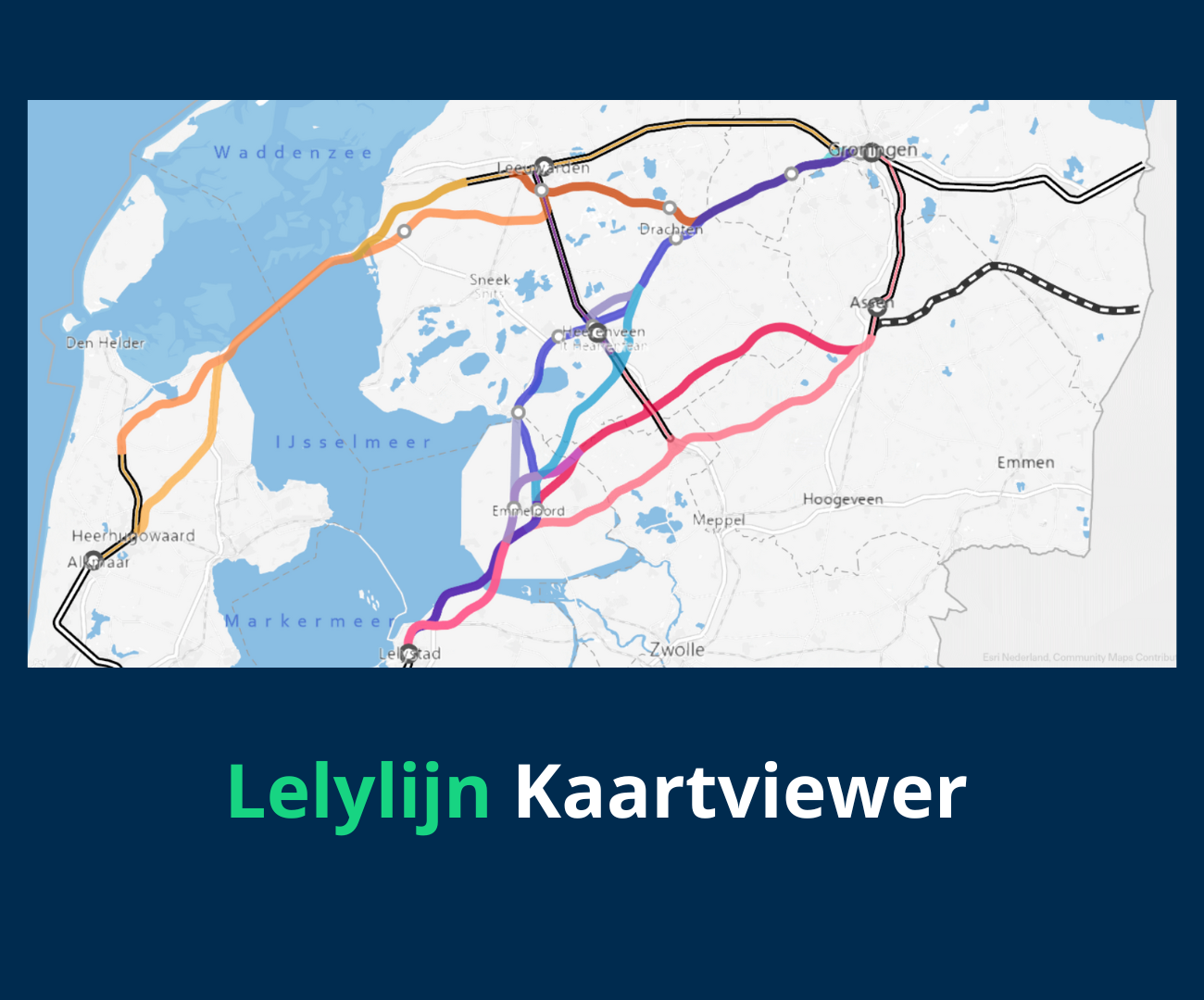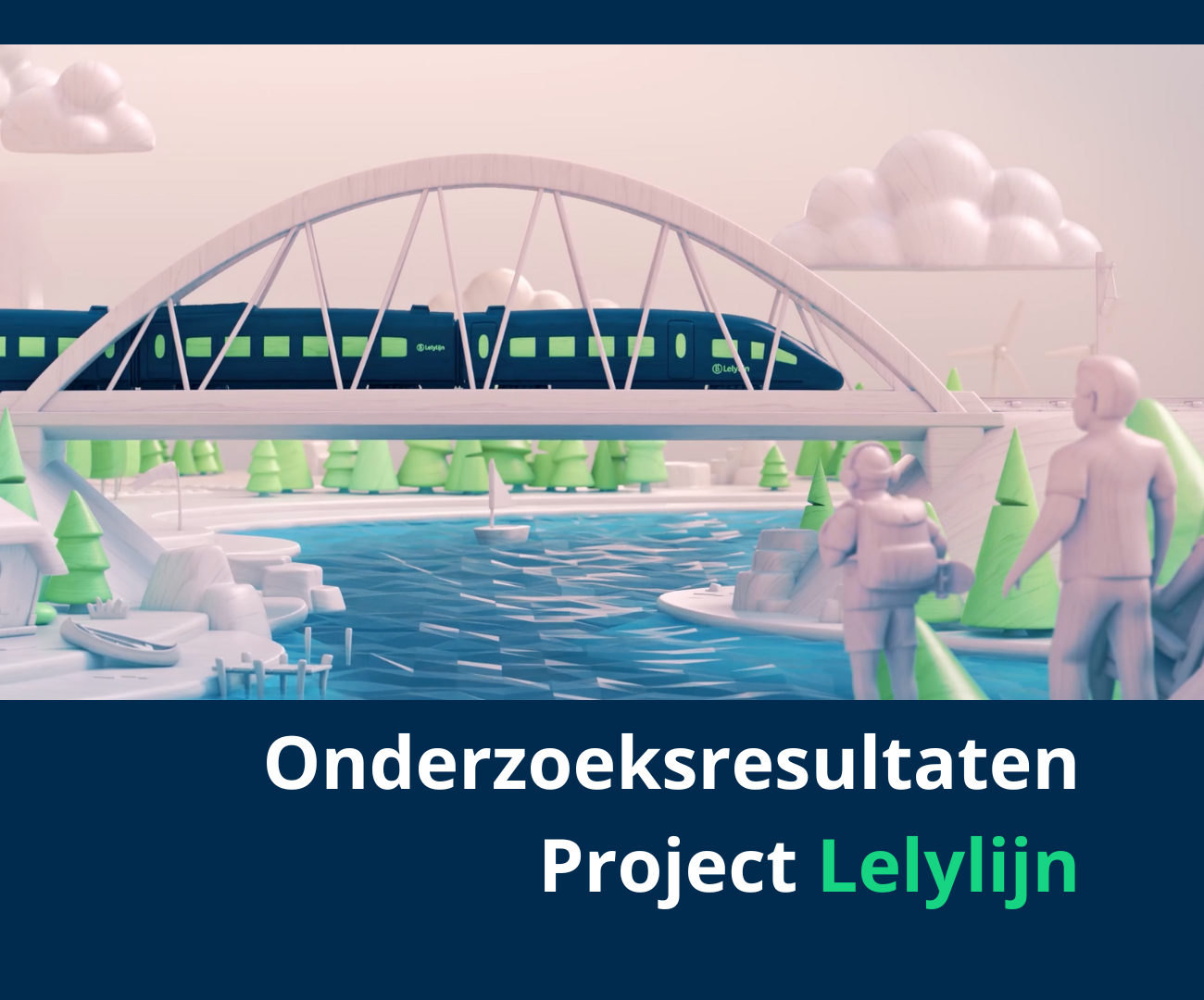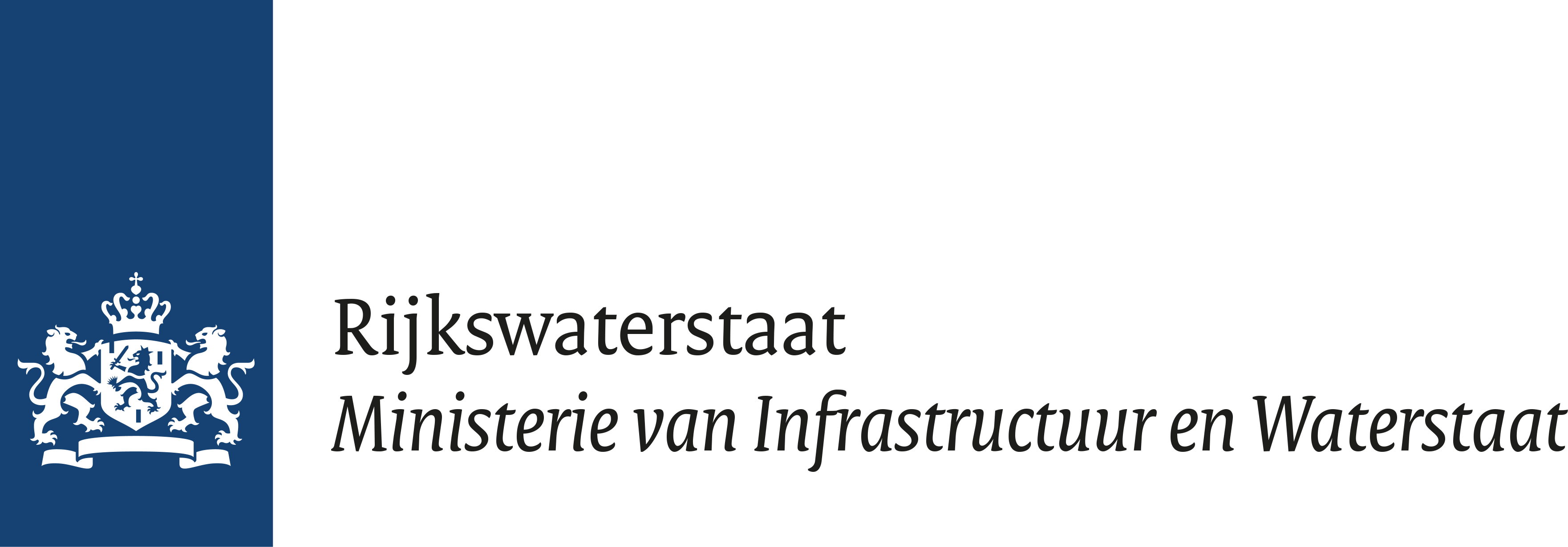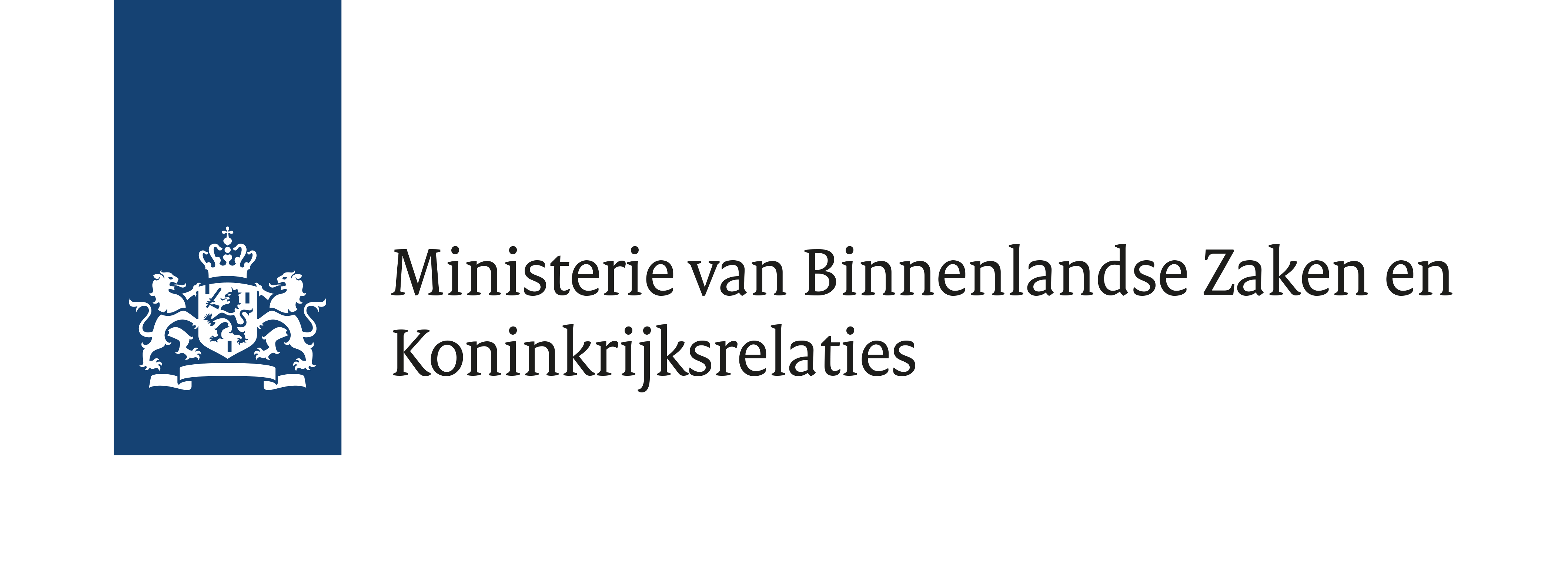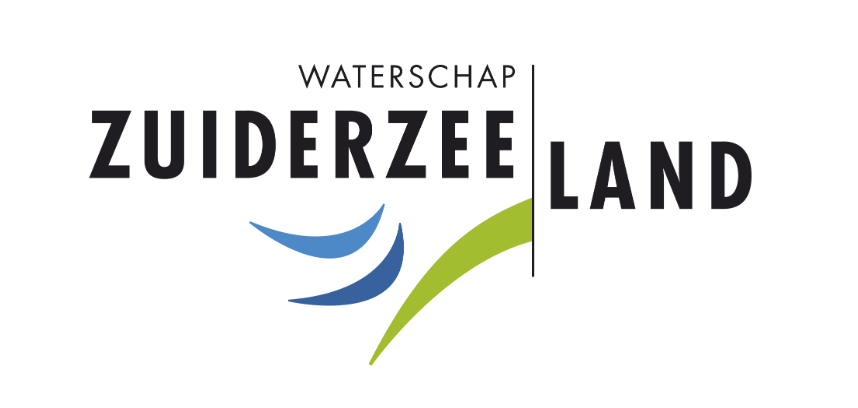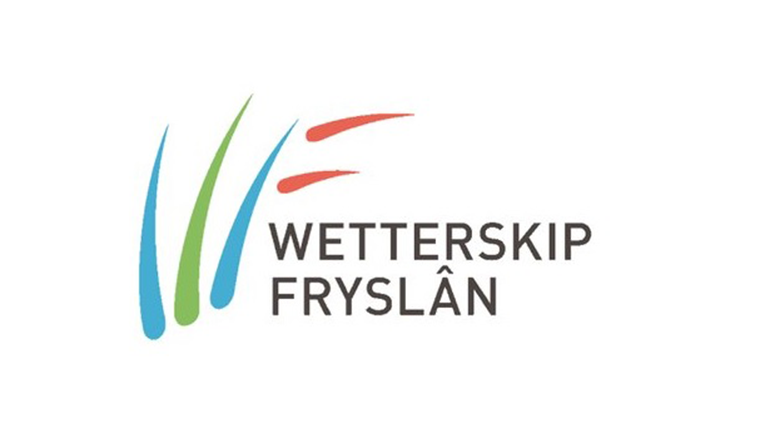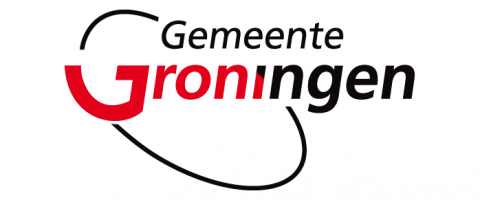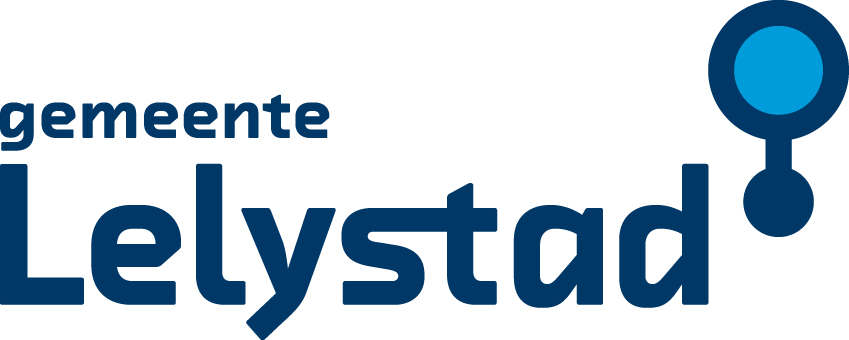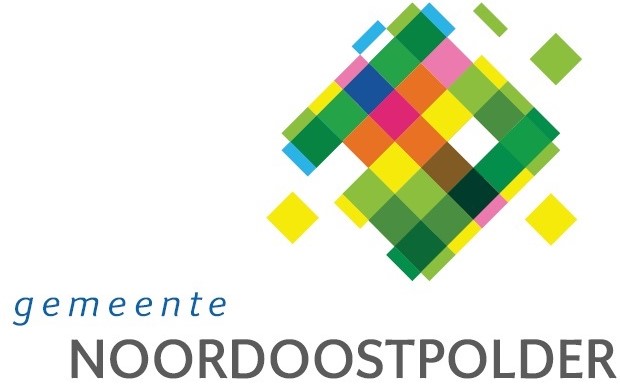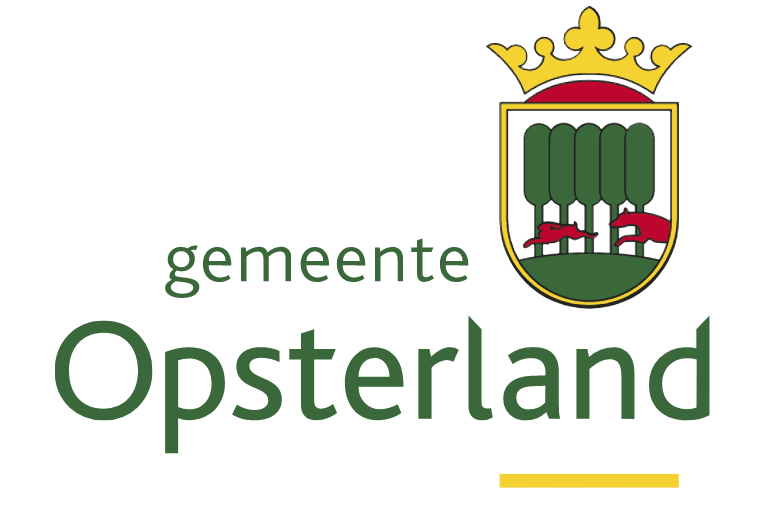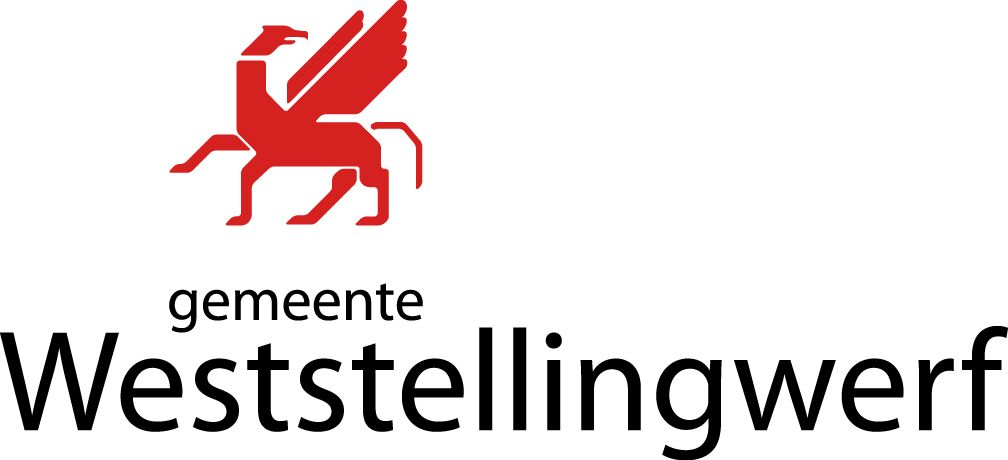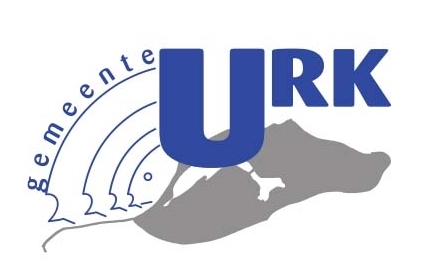22 June 2024
Councilman Jelle Zoetendal of Heerenveen municipality on the Lelylijn
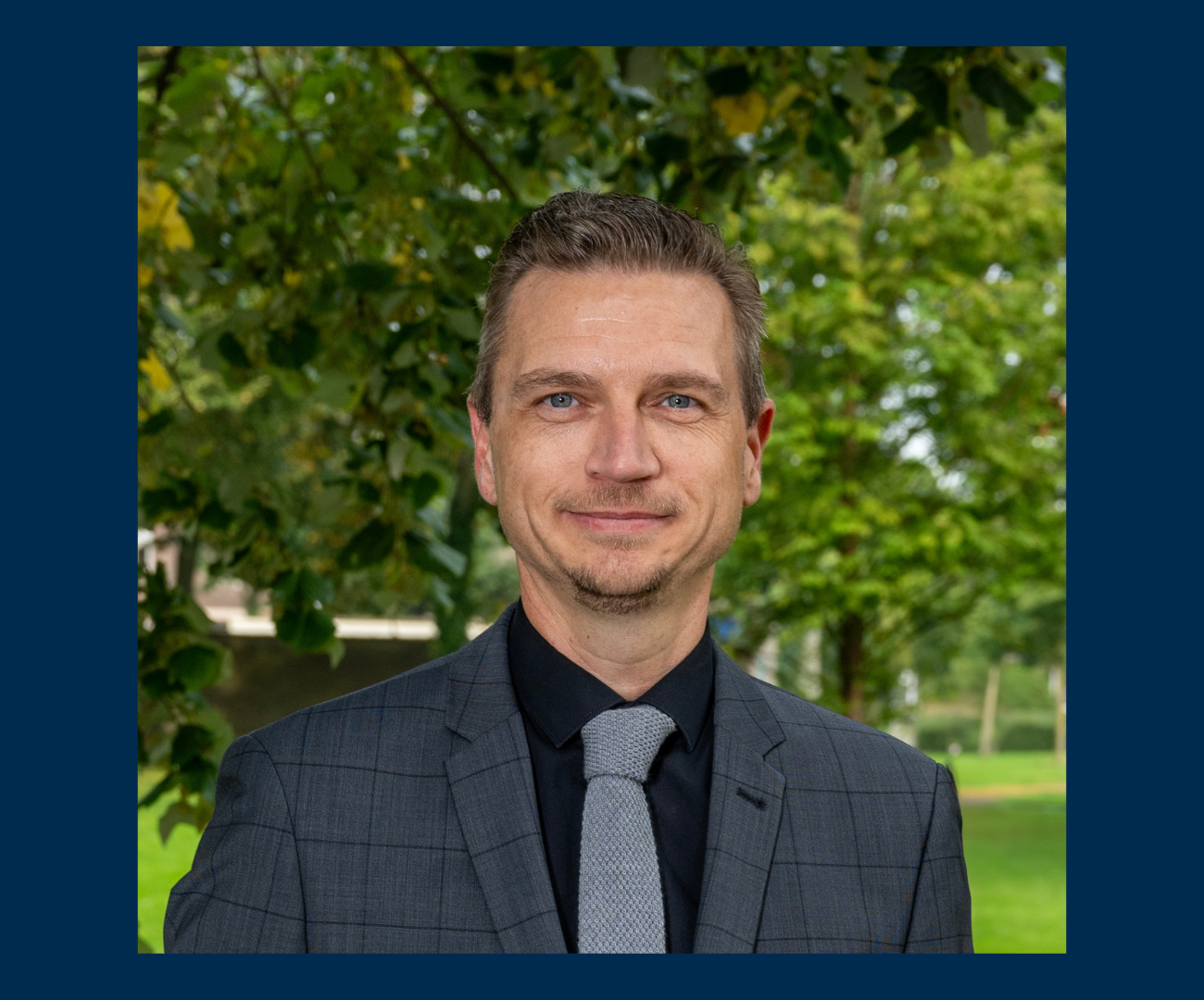
Jelle Zoetendal has been an alderman with the municipality of Heerenveen since January 2014. His portfolio includes traffic & transport, accessibility and public housing. Previously, he was a city council member for the PvdA from 2006, with group chairman from 2010 to 2013. Until 2013, Zoetendal worked at Grontmij (now Sweco), a European consulting and engineering firm dealing with energy, roads, sustainable buildings and water.
What do you think De Lelylijn can do?
What opportunities and possibilities do you see for Heerenveen and for the region?
“Everything Heerenveen has has come about in large part thanks to the good accessibility we already have. Heerenveen is at an intersection of two highways. And previously, in the days of peat extraction, Heerenveen was at an intersection of waterways. But what we are increasingly finding is that the one rail connection we have is still vulnerable at times. If there is something going on at Meppel, for example, there are no trains coming north. And the train times to the Randstad are really long at the moment. You’re almost on the road longer from Heerenveen to Amsterdam than from Amsterdam to Antwerp or Paris! Accessibility is important for the north of the country. We need good accessibility to be and remain attractive, especially for young people to settle here. Or indeed to continue living here. That is why I am sure that a De Lelylijn offers great opportunities.”
What challenges do you think the Lelyline brings?
“What I find challenging is that we as a municipality have to consider multiple scenarios at this point.
Because it is not yet certain exactly where and how the Lelylijn will run.
Therefore, with many plans, we always create different scenarios.
As time passes, it becomes more and more important to get clarity on that.
The construction of a Lelylijn is very radical in terms of infrastructure.
Depending on the route for the Lelylijn, Heerenveen will probably get a new train station.
This will then also affect developments in the areas of housing, education and healthcare.
Outside Heerenveen, the Lelylijn will pass through some lower-lying areas, including peatland.
And there is agriculture and nature.
That doesn’t necessarily have to bite each other.
If you are on the train to Lelystad, for example, you ride through the Oostvaardersplassen.
The rail link goes right through the nature reserve.
Nature does not have to be greatly affected.
But it does require careful consideration.”
How are you involved in the Lelylijn project?
“From Fryslân, Deputy Matthijs de Vries and Alderman Evert Stellingwerf of the municipality of Leeuwarden are members of the Lelylijn Steering Committee. Within Fryslân we always have a preparatory administrative meeting, where aldermen, and one Mayor from a total of seven Frisian municipalities are present, so that we can feed our representation in the steering committee. I also attend these meetings. In addition, I have also attended the somewhat larger meetings on the Lelylijn project here in the province of Friesland.”
If you could give the De Lelylijn project organization one tip, what would it be?
“Ultimately, this major project requires, above all, administrative courage. It is very tempting for me and my fellow aldermen to look at our own municipality and say what can and cannot be done. But it is much more important to see this project in a larger perspective. I hope the project organization can bring the bigger picture forward well. Then we as administrators can keep the bigger picture in mind and properly weigh all the choices that way.”



